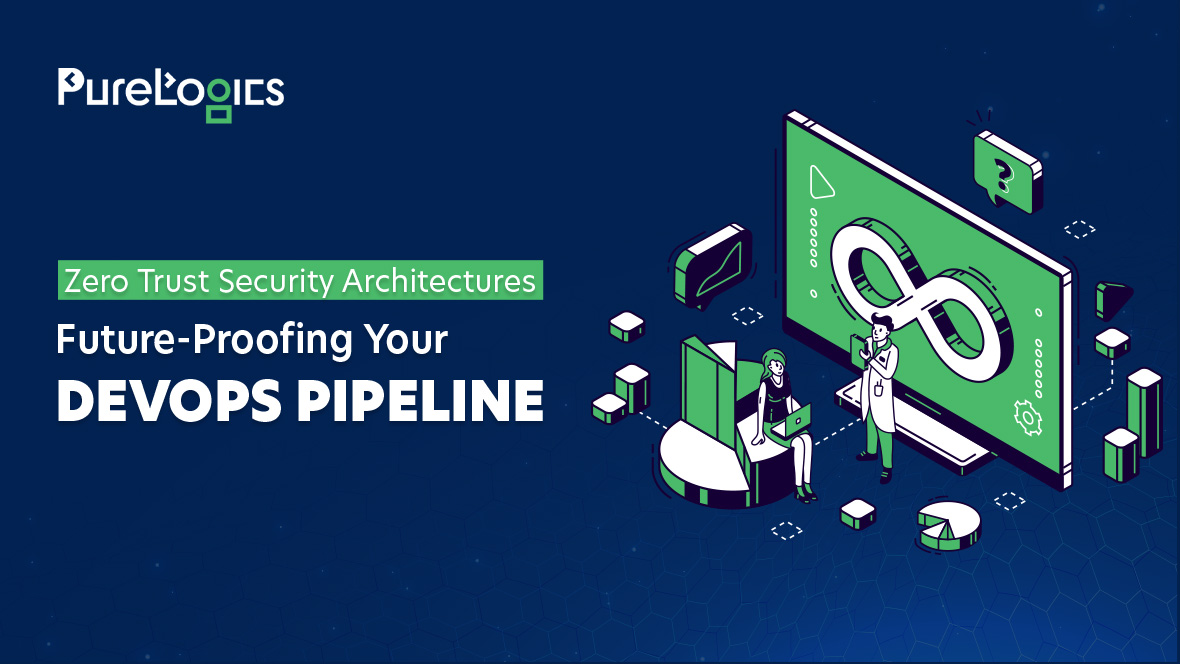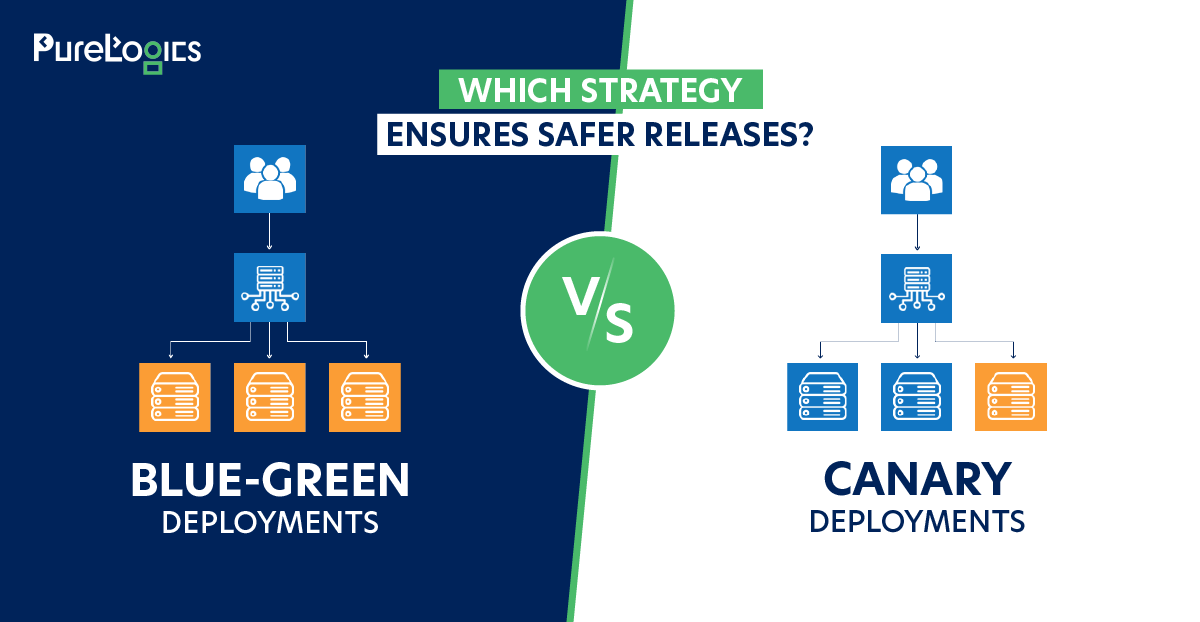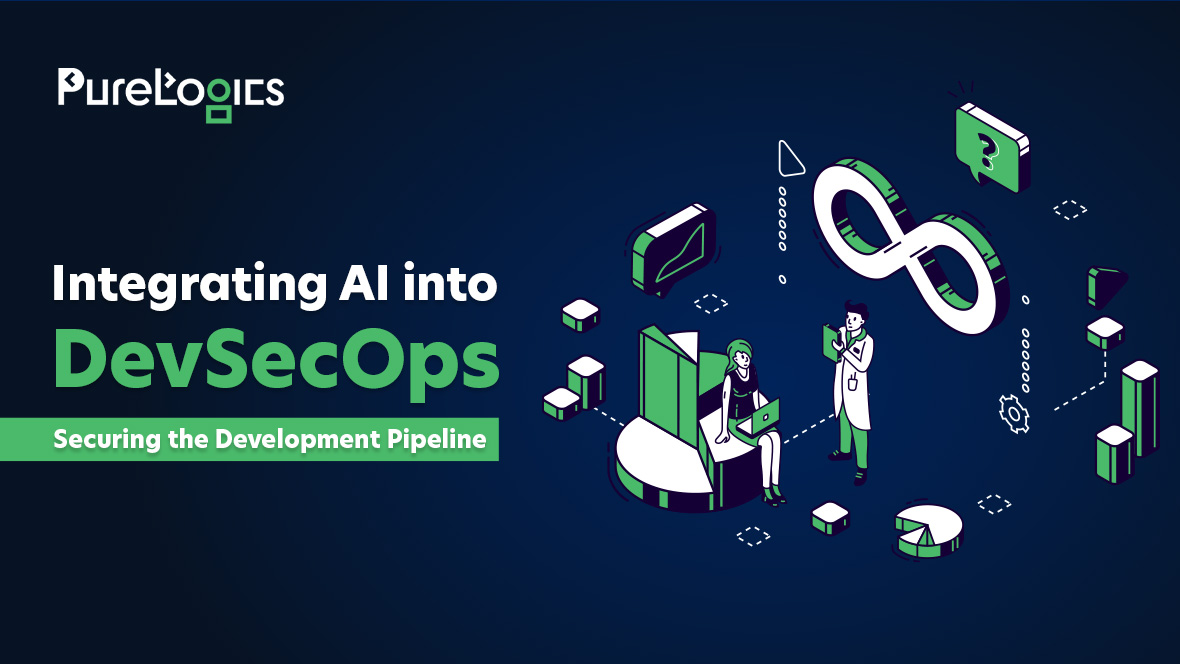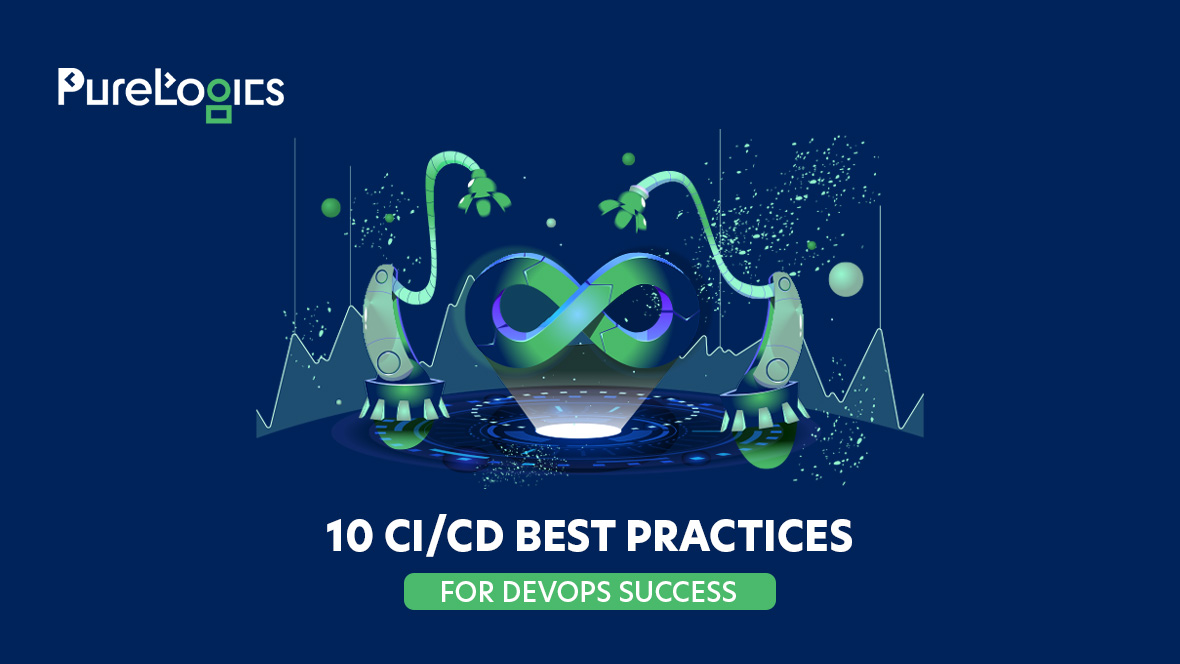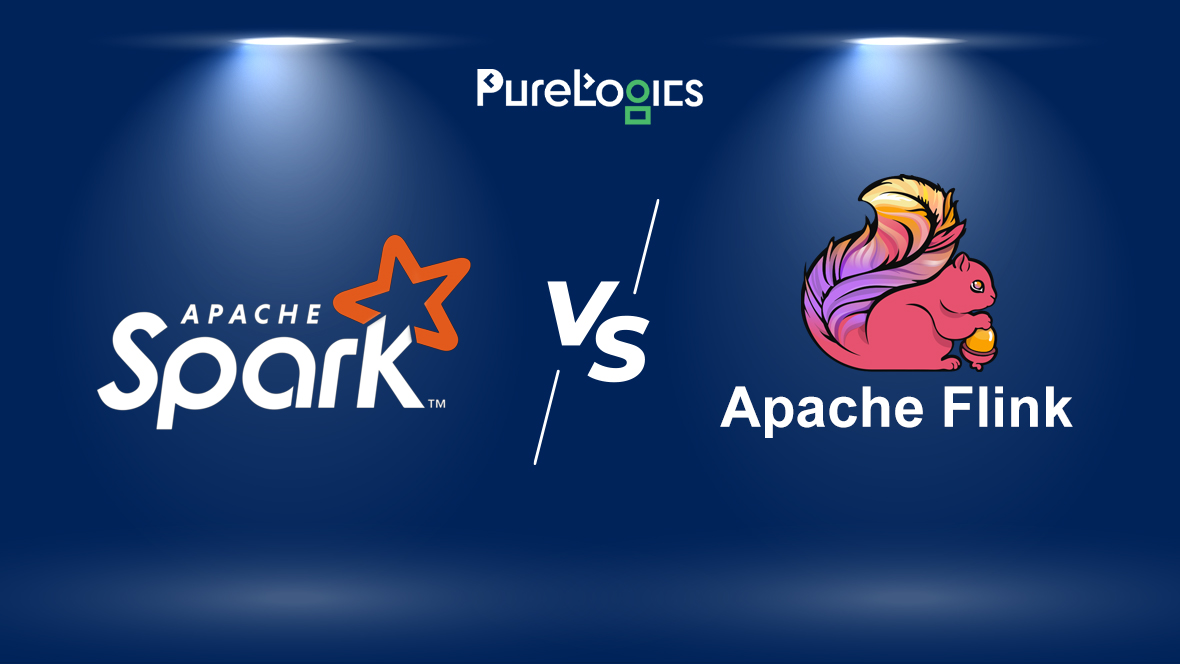It was a cold morning in December when an unsuspecting employee at a major financial institution clicked on what seemed like an ordinary email attachment. Within hours, the organization’s DevOps pipeline was compromised, and critical data was exfiltrated. The aftermath? Millions of dollars lost, a tarnished reputation, and sleepless nights for the IT team.
This isn’t just a tale of one company’s misfortune. It’s a wake-up call for all organizations operating in today’s rapidly evolving threat landscape. Traditional security models that relied on perimeter defenses have failed to keep up.
In their place, Zero Trust Security Architectures (ZTSA) are emerging as the savior. They promise to safeguard DevOps pipelines and ensure resilience against even the most sophisticated threats.
What is Zero Trust Security?
At its core, Zero Trust is a security framework that operates on the principle of “never trust, always verify.” Unlike traditional models that assume anything inside the network is safe, Zero Trust mandates that every user, device, and application—whether inside or outside the network—must continuously prove its legitimacy.
The following are key pillars of zero trust:
Identity Verification: Ensures that users are who they claim to be through multifactor authentication (MFA) and single sign-on (SSO).
Least Privilege Access: Grants users and applications only the permissions they need, limiting potential damage.
Micro-Segmentation: Divides the network into smaller zones to contain threats.
Continuous Monitoring and Analytics: Uses AI and machine learning to detect anomalies in real-time.
Encryption and Data Protection: Protects data at rest and in transit.
Role of Zero Trust in DevOps Pipelines
DevOps pipelines are the backbone of modern software development, enabling rapid and continuous integration and delivery (CI/CD). However, their speed and complexity make them vulnerable:
Open-Source Dependencies: 90% of organizations use open-source code, which may harbor vulnerabilities.
Automation Tools: CI/CD tools, if misconfigured, can become gateways for attackers.
Distributed Teams: With remote work becoming the norm, the risk of insider threats and unsecured endpoints has increased.
Zero Trust to the Rescue: Key Measures for Securing DevOps Pipelines
| Focus Area | Challenge | Zero Trust Solution |
| CI/CD Tools | Misconfigurations and weak access controls | Enforce MFA and regular updates |
| Code Integrity | Vulnerable dependencies in code | Automate security scans |
| Secrets Management | Hardcoded credentials and tokens | Use secure vaults for secrets |
| Access Controls | Over-privileged users | Apply least privilege and RBAC |
| Environment Isolation | Threats spreading across environments | Implement micro-segmentation |
Benefits of Zero Trust for DevOps Pipelines
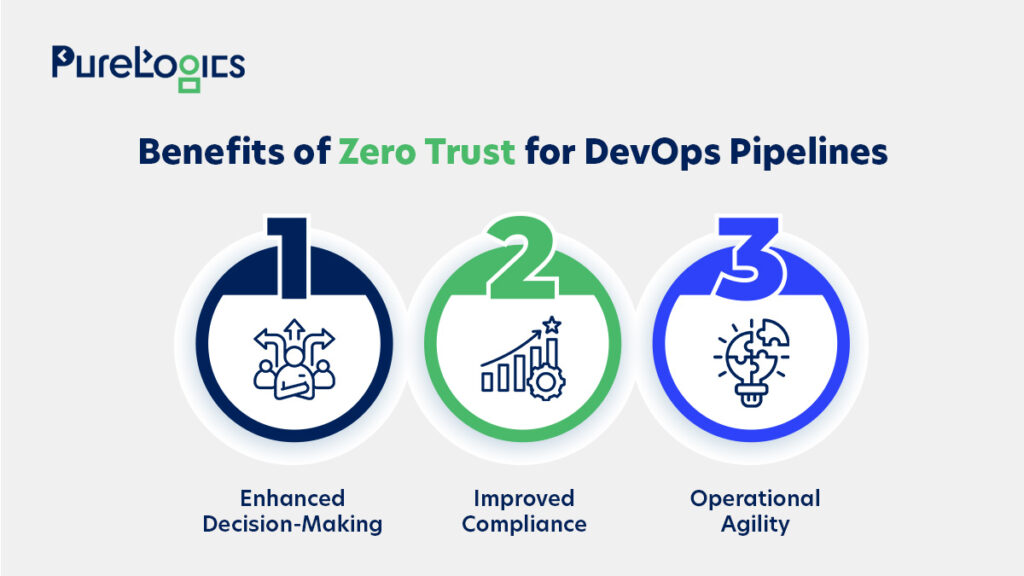
Now, let’s look at the benefits of zero trust for DevOps pipelines!
Enhanced Security Posture
By eliminating implicit trust, organizations can prevent the lateral movement of attackers within their networks. According to a recent study, companies that adopted Zero Trust saw a 50% reduction in breach impact costs.
Improved Compliance
With data regulations like GDPR and CCPA becoming stringent, Zero Trust helps ensure compliance by protecting sensitive data and maintaining detailed audit logs.
Operational Agility
Zero Trust doesn’t slow down DevOps; instead, it complements it by providing security without compromising speed. A survey revealed that 75% of organizations using Zero Trust improved their DevOps efficiency by over 30%.
Challenges in Implementing Zero Trust
Despite its advantages, adopting Zero Trust is not without challenges:
| Challenge | Explanation | Solution |
| Cultural Resistance | Teams accustomed to traditional models may resist changes. | Educate stakeholders on benefits. |
| Integration Complexity | Integrating Zero Trust with legacy systems can be difficult. | Use modern tools that support hybrid models. |
| Cost & Resource Demand | Implementation requires investment in tools, training, and manpower. | Start small; prioritize critical assets. |
| Continuous Maintenance | Zero Trust is an ongoing process that needs regular updates and monitoring. | Leverage automation for monitoring tasks. |
How to Implement Zero Trust in Your DevOps Pipeline
Step 1: Map Your Attack Surface
Identify all assets in your DevOps pipeline, including tools, repositories, and cloud environments. This is the foundation for implementing robust access controls.
Step 2: Enforce Identity and Access Management (IAM)
Adopt tools that offer MFA and adaptive authentication. For instance, GitHub’s integration with SAML-based SSO ensures secure access to repositories.
Step 3: Automate Security Checks
Integrate automated security scanning tools at every stage of your CI/CD pipeline. This includes static application security testing (SAST), dynamic application security testing (DAST), and dependency scanning.
Step 4: Micro-Segment Your Network
By isolating environments (e.g., development, testing, production), you can prevent threats from spreading across your entire pipeline.
Step 5: Monitor and Respond in Real-Time
Deploy security information and event management (SIEM) tools to analyze and respond to threats instantly. According to IBM, organizations with SIEM and Zero Trust saw a 41% reduction in incident response times.
Case Study: Zero Trust in Action
A leading e-commerce company faced a significant challenge: securing its complex DevOps pipeline while maintaining rapid deployment cycles. After a breach scare, they implemented a Zero Trust framework. Within a year:
- Incident rates dropped by 65%
- Deployment speed increased by 20%
- Compliance scores improved, avoiding potential fines
Future of DevOps Security
Gartner predicts that by 2025, 60% of organizations will have adopted zero trust to secure their digital ecosystems, up from less than 10% in 2021. For DevOps pipelines, this shift is critical to ensure both agility and security.
By implementing this robust framework, you can mitigate threats, enhance compliance, and streamline operations. Don’t wait for a breach to adopt zero trust—start your journey today.
Need help with your Zero Trust implementation? Our team of experts specializes in DevOps security and can help you design a future-proof solution tailored to your needs.
Contact PureLogics, and let’s secure your pipeline together!


 [tta_listen_btn]
[tta_listen_btn]
 March 19 2025
March 19 2025

